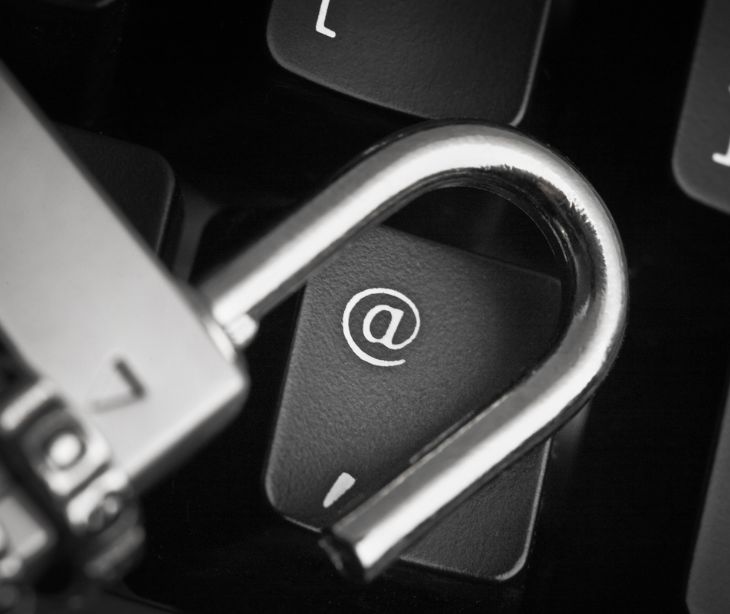
Including an email disclaimer alone may not make an email HIPAA compliant. While disclaimers can play a role in informing recipients about the confidentiality of the email's content and the need to safeguard protected health information (PHI), HIPAA compliance involves a broader set of considerations and safeguards.
Related: HIPAA compliant email: the definitive guide
What are email disclaimers?
Email disclaimers, often seen appended to the end of email messages, are brief legal statements designed to notify recipients about the sensitive nature of the email's content. While they provide context for the information enclosed, disclaimers are often misconceived as comprehensive safeguards for achieving HIPAA compliance.
The complexities of HIPAA compliance
The HIPAA security rule mandates that covered entities establish rigorous measures to safeguard electronic PHI. This encompasses a range of requirements, including technical safeguards, access controls, secure transmission methods, encryption, and more. HIPAA compliance is not a one-dimensional concept; it requires a comprehensive strategy that addresses the technological and procedural dimensions of protecting patient information.
The role of email disclaimers in compliance
- Awareness: Disclaimers can be a reminder to recipients about the confidential nature of the content.
- Recipient verification: Disclaimers can aid in preventing inadvertent disclosures by encouraging recipients to verify their identity and intended recipient status.
However, these advantages alone do not equate to full HIPAA compliance.
Limitations of email disclaimers
- Technical safeguards: Disclaimers do not provide the necessary encryption or other technical mechanisms required to secure electronic PHI during transmission.
- Access controls: Disclaimers do not control who has access to the email's content; actual access controls are required.
- Secure transmission: HIPAA stipulates secure transmission methods, which disclaimers do not inherently offer.
- Recipient verification: Although disclaimers prompt recipient verification, verifying identities is an additional step for compliance.
Recommended practices for HIPAA compliant email communication
- Encryption: Employ robust encryption methods for securely transmitting electronic PHI.
- Secure transmission channels: Ensure email communications occur over secure channels to prevent unauthorized access.
- Access controls: Implement stringent access controls and robust authentication mechanisms.
- Recipient verification: Verify recipients' identities to mitigate risks of unauthorized access.
- Business associate agreements: Establish business associate agreements (BAAs) with third-party providers handling electronic PHI to ensure compliance.
- Staff training: Educate staff on HIPAA policies and procedures to uphold compliance standards.
- Policies and procedures: Develop and implement comprehensive policies governing the communication of electronic PHI.
While email disclaimers play a role in notifying recipients of sensitive content, they cannot make emails HIPAA compliant. HIPAA compliance necessitates a multi-pronged strategy involving technical safeguards, secure transmission methods, access controls, encryption, recipient verification, and comprehensive policies.
Subscribe to Paubox Weekly
Every Friday we'll bring you the most important news from Paubox. Our aim is to make you smarter, faster.




